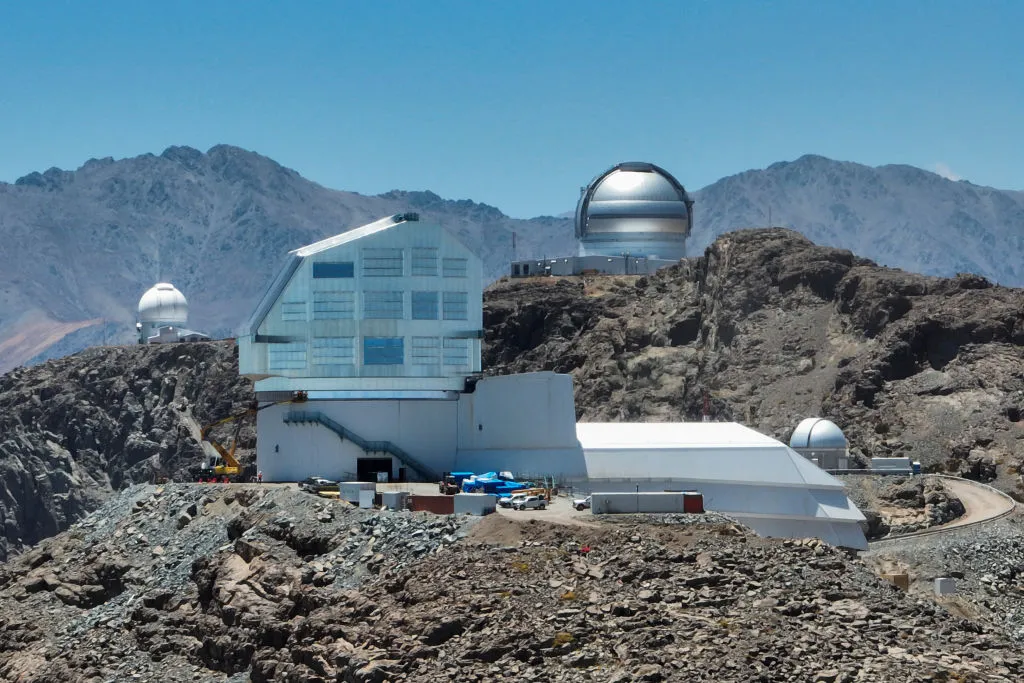World’s Highest Observatory Unveiled in Chile
7th May 2024
The University of Tokyo Atacama Observatory (TAO) opened on Tuesday, April 30th, 2024. Planning for this project began in 1998. Perched 18,500 feet up on Mount Chajnantor in Chile’s Atacama Desert, the observatory’s 6.5-meter optical-infrared telescope is now the highest in the world.
Replacing its smaller predecessor, MiniTAO, the TAO now claims the world’s highest telescope title. This distinction was previously held by the Chacaltaya Observatory, owned by the University of Madrid, situated at 17,191 feet on Mount Chacaltaya in Bolivia.
The TAO in Context: Other High-Altitude Observatories
In the top five highest observatories, three others also reside in Chile’s Atacama Desert: the James Ax Observatory (17,100 feet), the Atacama Cosmology Telescope (17,030 feet), and the Llano de Chajnantor Observatory (with sources varying but approximately 16,700 feet).
Due to its exceptionally clear skies, many of the world’s leading observatories are strategically located in Chile’s high-altitude northeastern region, near its border with Bolivia. Additionally, Chile’s tax exemptions for such scientific projects provide further incentives for observatory construction in the area.
Scientific Significance: Advancing Astronomical Research
The University of Tokyo underscores the pivotal role of terrestrial observatories, like the TAO, in pushing the boundaries of astronomical research. With their larger apertures, these observatories can capture higher-resolution images of space, surpassing the capabilities of their space-based counterparts. As per the University of Tokyo’s announcement, the TAO’s telescope will be instrumental in studying ‘the birth of galaxies and the origin of planets’ from 2025 onwards.
There is speculation that the TAO could enhance observations made by the nearby ALMA telescope. By observing the same objects in various wavelengths, researchers anticipate gaining fresh insights into their characteristics and behaviors.
Despite its extreme altitude advantages, human presence at such heights presents significant challenges. Yuzuru Yoshii, the principal investigator who initiated the project in 1998, noted that builders working on the telescope required regular medical checkups and had to inhale oxygen regularly to cope with the high altitude.







Thank you for your comment! It will be visible on the site after moderation.